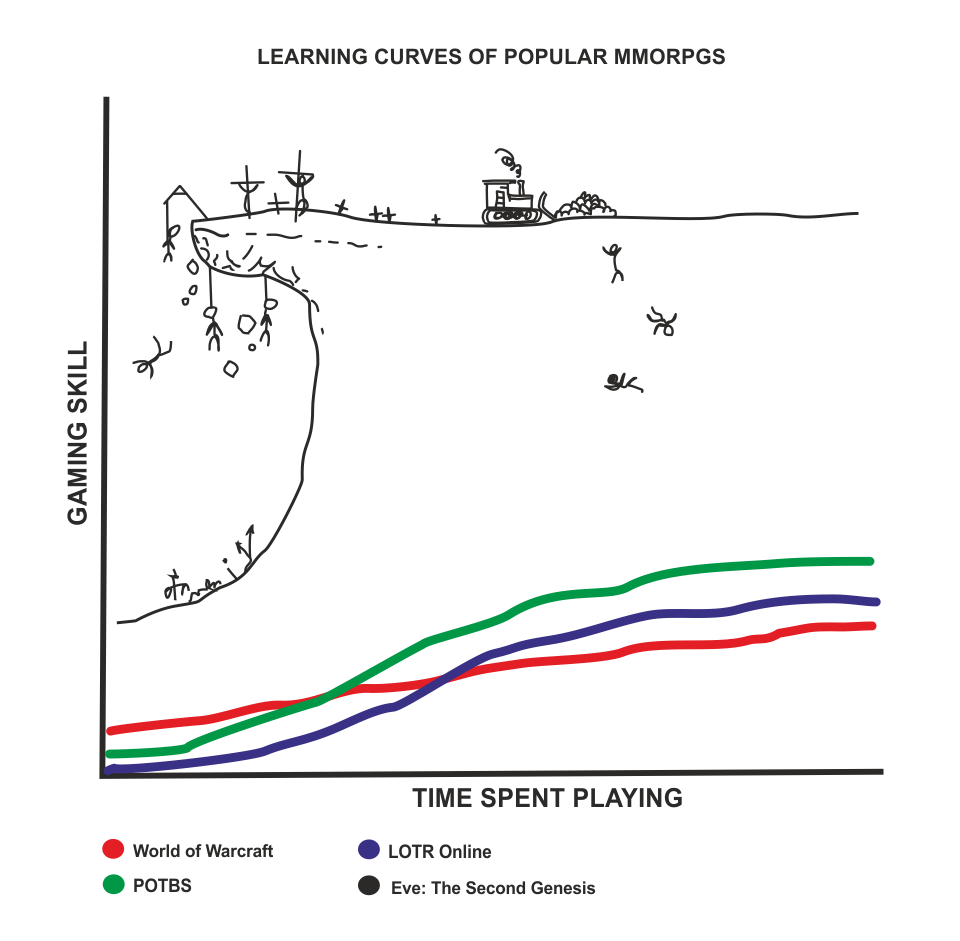Some more concepts that can be useful in this prototyping phase.
Prototype
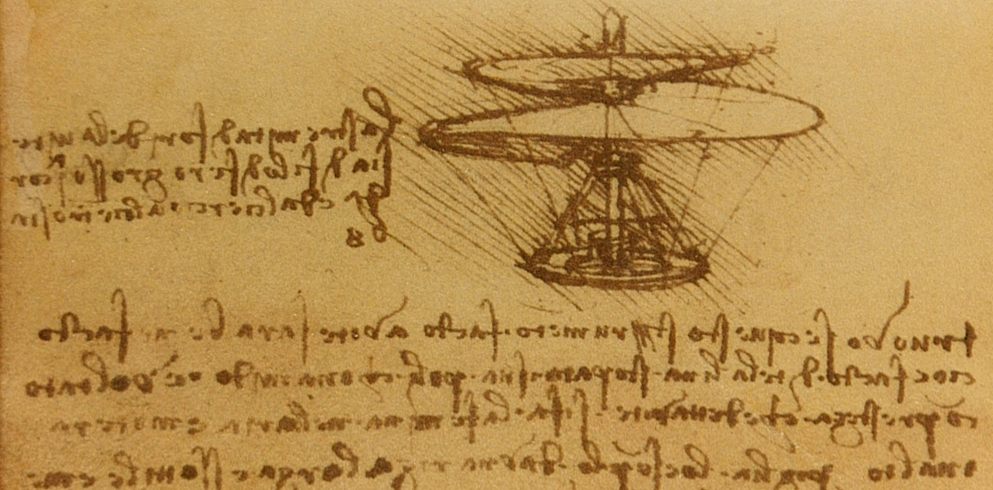
-A game prototype is not a finished product but a dynamic, computational “sketch” of your game, a proof of concept.
-Prototypes are usually developed with the fastest techniques: paper or accessible tools like processing or flash.
-Because of that, prototypes are typically thrown away even if they are successful. The development starts from scratch.
-Prototypes use placeholder assets, concept art can be done separately to set a style and visual/polish goal
-Most prototype fail: turn out to not be good or feasible ideas or don’t generate the desired dynamics (fun or else). And that is not a problem.
Feedback and collaboration is not always useful in prototyping:
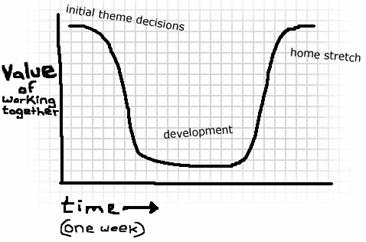
*From How to Prototype a Game in Under 7 Days
From a good prototype you should be able to tell:
* Can the player make meaningful decisions?
* Is the player getting the feedback they require to make good decisions?
* Are the major risk / reward schedules in place?
* What is the pacing of the experience?
* Is there enough meat here to hang the rest of the game on?
From Common game prototyping pitfalls
Sometimes student projects turn out to be proof of concept for bigger games.
Depth

How much room there is for the player to get better at the game.
-Clint Hocking
How much is there to explore before you exhaust what the game has to offer.
-Jason Rohrer
How wide is the gap between competent play and expert play (Chess, Guitar Hero, Counter Strike, Tetris, SpyParty).
How big is the possibility space (Chess, Minecraft)
Depth vs Breadth
Games like GTA often forsake the polish on a few individual systems that would give them depth, but instead create room for the player to get better by forging massive networks of highly interconnected systems. Here, the player’s urge to explore and find the boundaries of the simulation pressures him to improve.
Scope
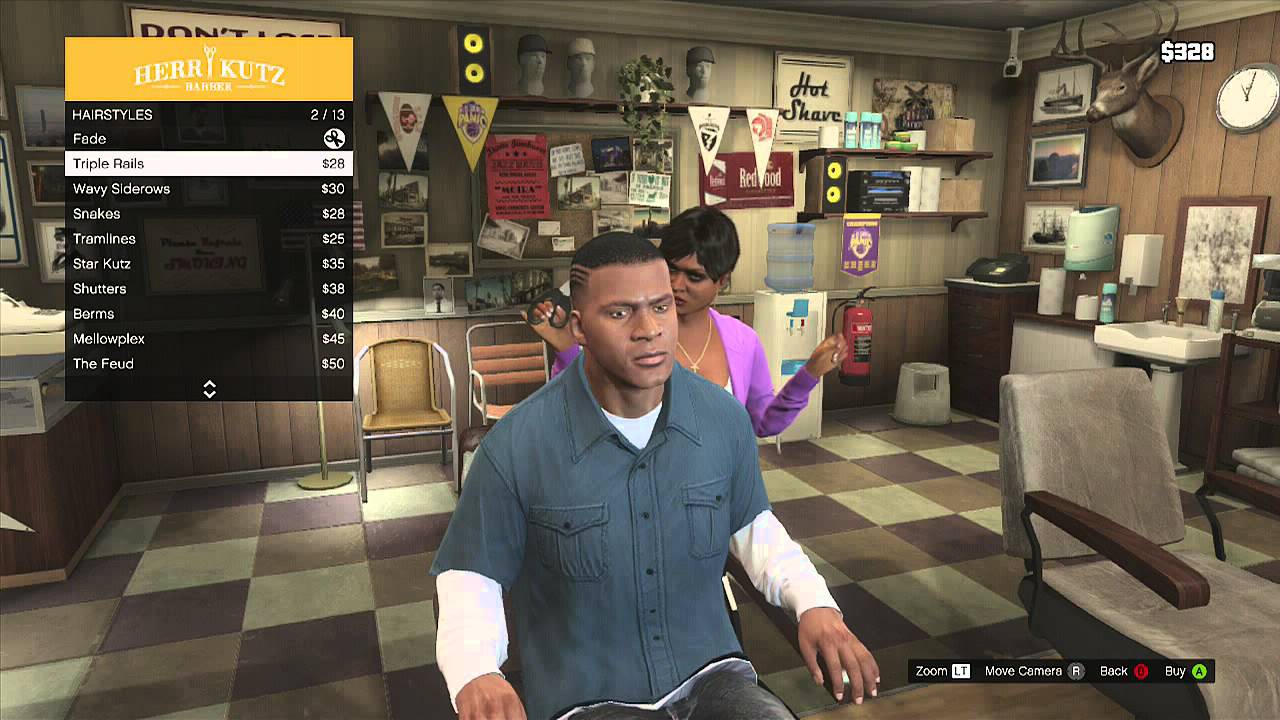
Breath and depth are closely related to the scope which is the planned complexity of a game (in terms of feature, content and systemic detail).
It’s quantitative and qualitative and usually defined in a game design document. How do you simulate a city or the life of a criminal?
Feature Creep: adding more features after the scope has been defined.
Overscoping: aiming for more than you can achieve in the given timeframe.
To avoid overscoping:
– stay away from content heavy projects
– identify the core mechanics immediately
– try to reduce them even more
– make a feature complete prototype with all the core mechanics as soon as you can.
Instead of adding new elements from the beginning explore all the possibilities created by these mechanics and then add only a new one at a time. If it opens up a new space of possibility combining and reinforcing the existing ones, then it’s a feature worth pursuing.
If you need a minigame or a subgame or a cutscene to make your game work, you are on the wrong track.
The first Braid prototype was made in one week.
When you are scoping a project find out examples of games with a similar complexity made by similarly experienced people in a similar timeframe.
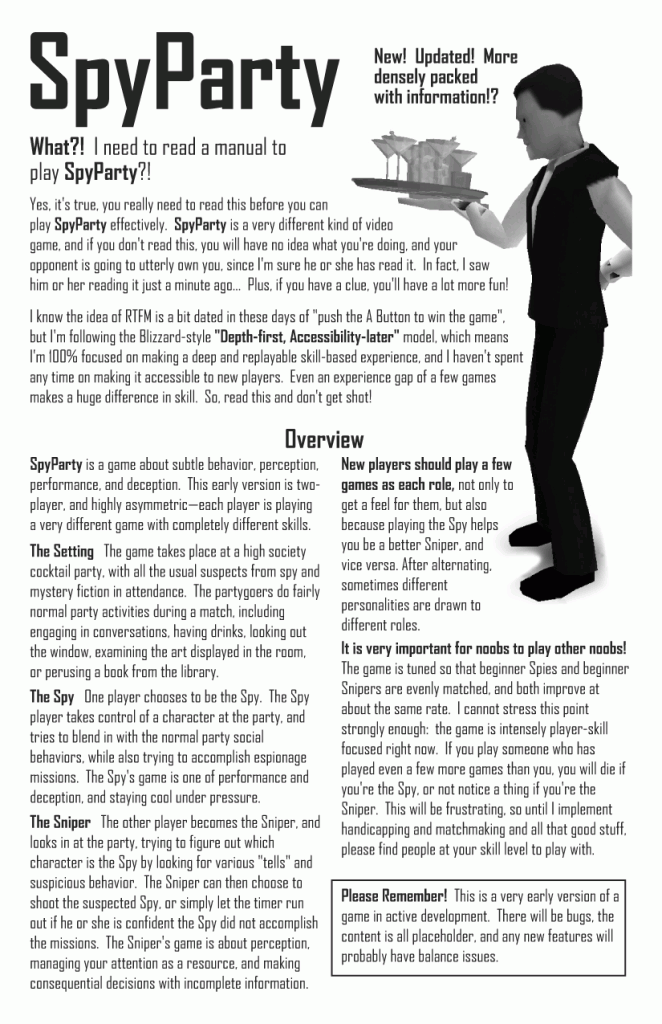
Elegance
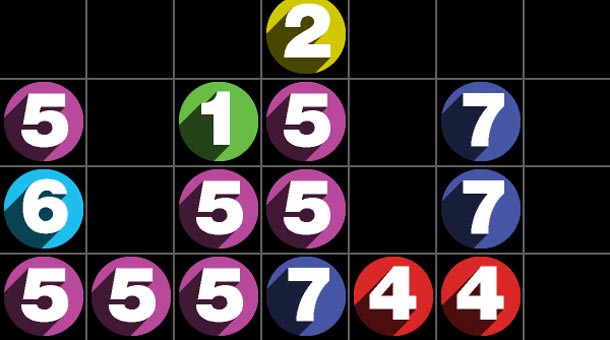
Closely related to depth and emergence.
Frank Lantz on GO and elegance
Also see minimalism in game design: Towards Minimalist Game Design
Examples of minimalist, elegant games?
Flow
By Jenova Chen who wrote a thesis on flow in game design
What are some games with a good flow? What are the strategies they use? E.g. Dynamic Difficulty Adjustment for flOw (and slot machines), forgiving gameplay for Bejeweled and 2048?
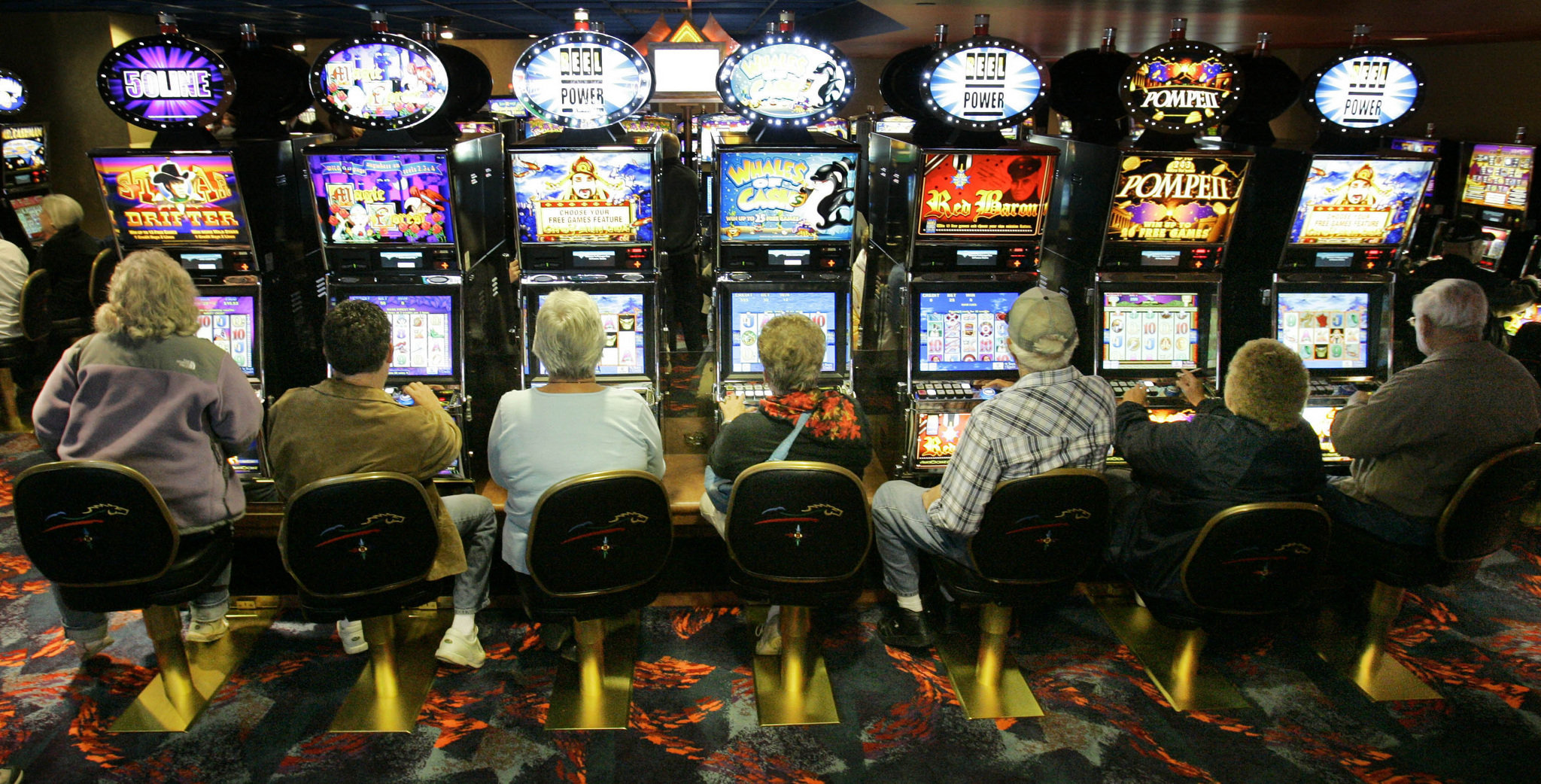
Learning Curve
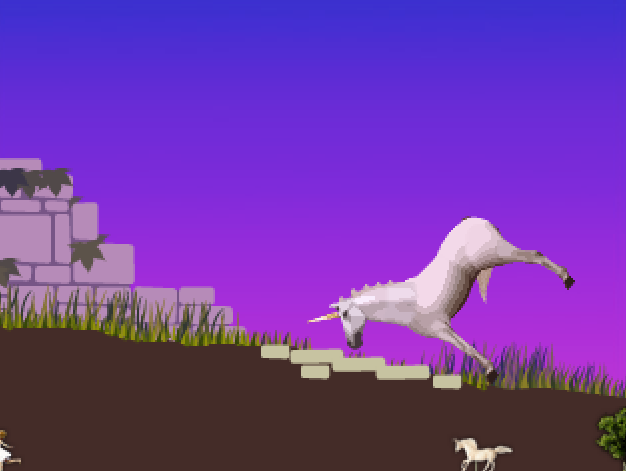
All the best games are easy to learn and difficult to master. They should reward the first quarter and the hundredth.
-Nolan Bushnell
Ian Bogost argues that learnability has more to do with Familiarity rather than simplicity (pong based on ping pong, Braid based on super mario) and mastery in most videogames boils down to habituation, the sense of being in control, which makes the game rewarding/addictive.
Difficulty level
The difficulty level is related to the learning curve. Games can compensate the mastery acquired by the player in order to provide an incremental challenge.
http://www.youtube.com/watch?v=437Ld_rKM2s
The increasing difficulty in Space Invader was a result of hardware limitations (more aliens on screen = slower rendering) the designer decided to take advantage of.
Extreme difficulty level can create intense levels of engagement in certain players. If depth is related to mastery, the learning curve can be part of the equation:
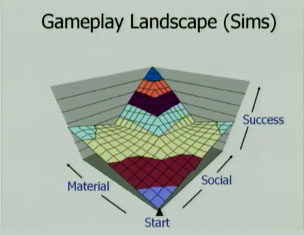
Will Wright talks about a gameplay landscape in sandbox games, the player is free to explore. In the Sims the more stuff and relationship you have the more complications you encounter.
Mechanics, Dynamics and Aesthetics
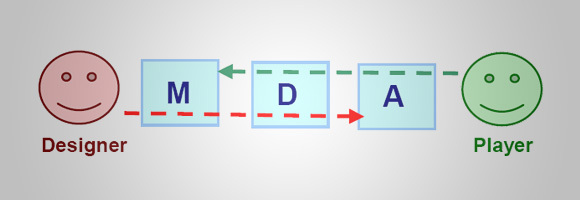
Aka the MDA framework provides a simple way to understand and design games.
Mechanics are the base components of the game – its rules, every basic action the player can take in the game, the algorithms and data structures in the game engine etc.
The rules.
Dynamics are the run-time behavior of the mechanics acting on player input and “cooperating” with other mechanics.
The system in motion.
Aesthetics are the emotional responses evoked in the player – joy, frustration, fantasy, fellowship.
The player experience (formerly known as “fun”) not the visual aspects.
The designer creates the mechanics directly > the Dynamics emerge from the Mechanics > and the Aesthetics arise out of the Dynamics (and, I would add, a lot of subjective and contextual factors)
Game design is a second-order design problem: we do not define the solution, we define something that creates something else that creates the solution (more here)
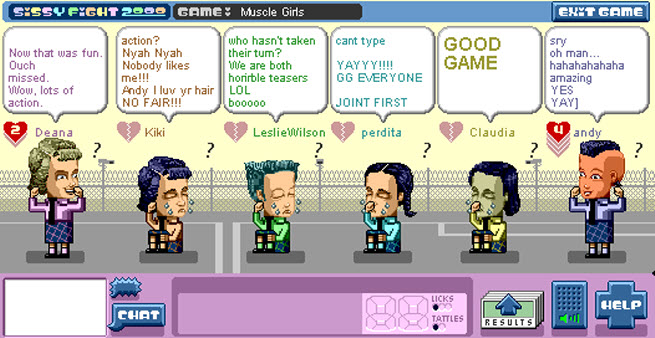
Aesthetics of SiSSYFiGHT
Fellowship: Negotiation, Cooperation, Betrayal
Challenge: Tactics, Problem Solving
Narrative: Drama
Mechanics of SiSSYFiGHT
Turn-based
Hit Points
Public Communication
Simultaneous Action
Dynamics of SiSSYFIGHT
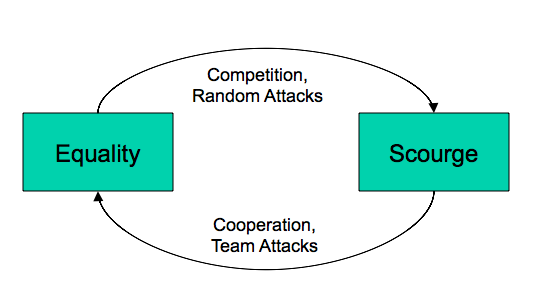
Player to player collisions in Journey had to be disabled or “softened” to avoid competitive, antagonistic dynamics


